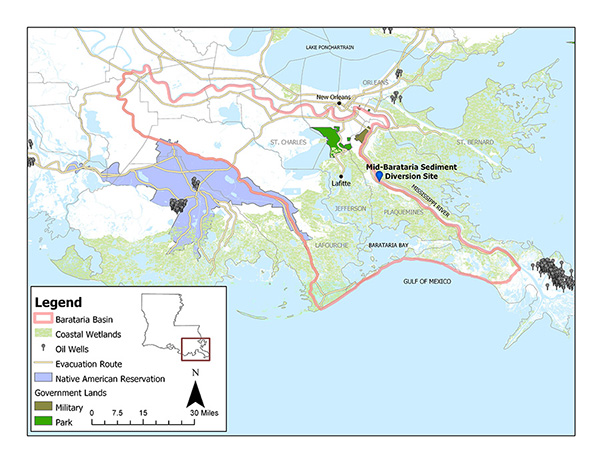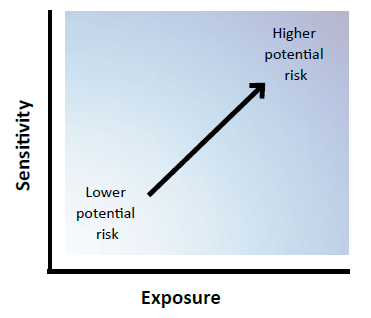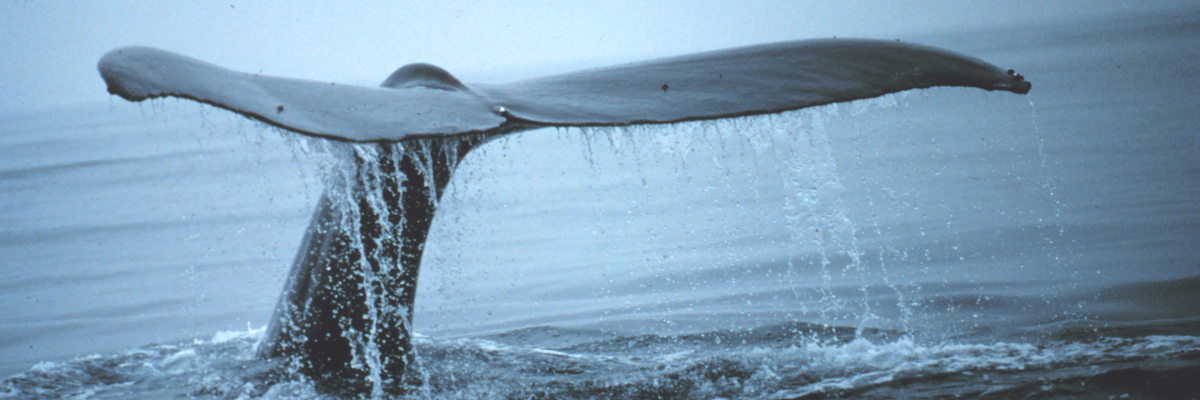The NOAA Integrated Ecosystem Assessment (IEA) program partners with several state natural resource management agencies to support their ecosystem-based management needs using the Integrated Ecosystem Assessment approach.
Below are each of the IEA regions working with state agencies:
Hawai‘i IEA and The Sustainable Hawai‘i Initiative
Hawaii’s Department of Aquatic Resource (DAR) has responsibility for implementing the Holomua Marine Initiative that “work(s) with communities to effectively manage our nearshore marine resources around each main Hawaiian island so that our local resources are available and plentiful, today and for future generations. This is a new community-based planning approach to ensure local knowledge is guiding marine resource management planning at every step in the process."
As this initiative develops, the Hawai‘i IEA will be working closely with DAR to support their commitment to co-management collaborations with Hawaiian communities.
Gulf of America IEA and the State of Louisiana
The Gulf of America IEA is working with the Louisiana Coastal Protection and Restoration Authority (CPRA) to provide ecosystem science important for the State of Louisiana to effectively manage the loss of coastal wetlands, sustain valuable marine resources, and sustain the needs of coastal communities.
“The CPRA is established as the single state entity with authority to articulate a clear statement of priorities and to focus development and implementation efforts to achieve comprehensive coastal protection for Louisiana. The Coastal Protection and Restoration Authority’s mandate is to develop, implement, and enforce a comprehensive coastal protection and restoration Master Plan. Working with federal, state and local political subdivisions, including levee districts, the CPRA is working to establish a safe and sustainable coast that will protect our communities, the nation’s critical energy infrastructure and our bountiful natural resources for generations to come.”
The State of Louisiana is proposing the construction of a number of sediment diversions along the Mississippi River to stem the catastrophic loss of coastal wetlands in Louisiana. All proposed diversions will include a robust adaptive management plan to manage diversion operations to optimize intended outcomes and minimize deleterious impacts to the ecosystem and local communities. The first of these proposed diversion projects is the for the Mid-Barataria Basin.
This provides an excellent opportunity for the NOAA IEA program to pilot implementation of an IEA which supports an adaptive management framework for the Mississippi River sediment diversions, and begin exploring how to inform management decision-making. Information from the Integrated Ecosystem Assessment of the Mid-Barataria Sediment Diversion Project will integrate with decision making throughout operations of the project.

California Current IEA and the Department of Fish and Wildlife
The California Current IEA team used the Integrated Ecosystem Assessment approach to help the California Department of Fish and Wildlife prioritize particular fisheries for management attention.
Learn more about this project here.


